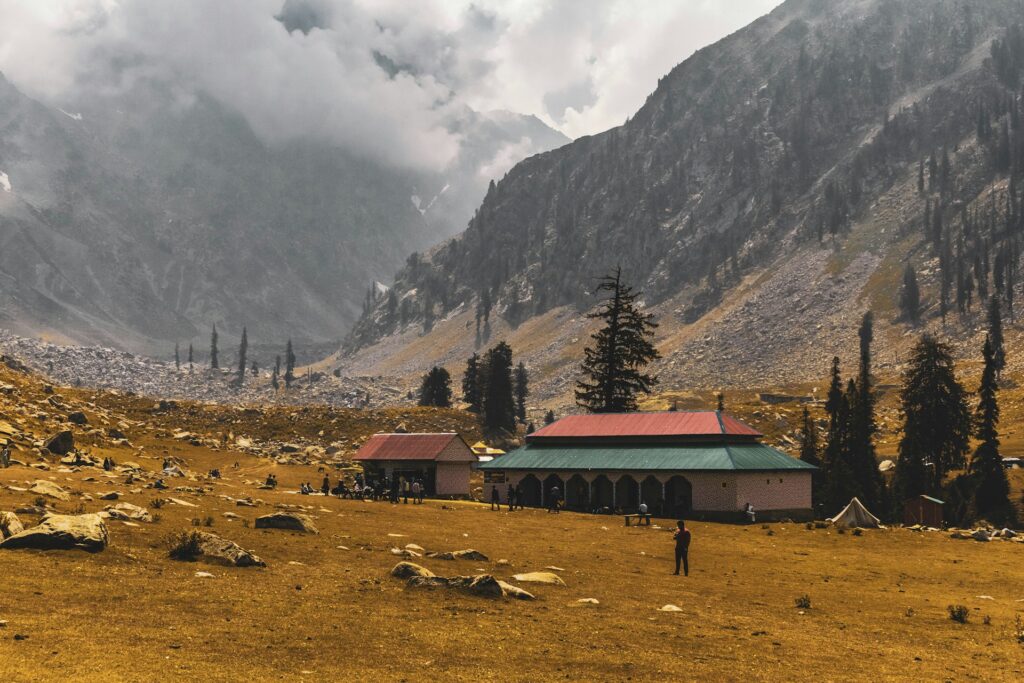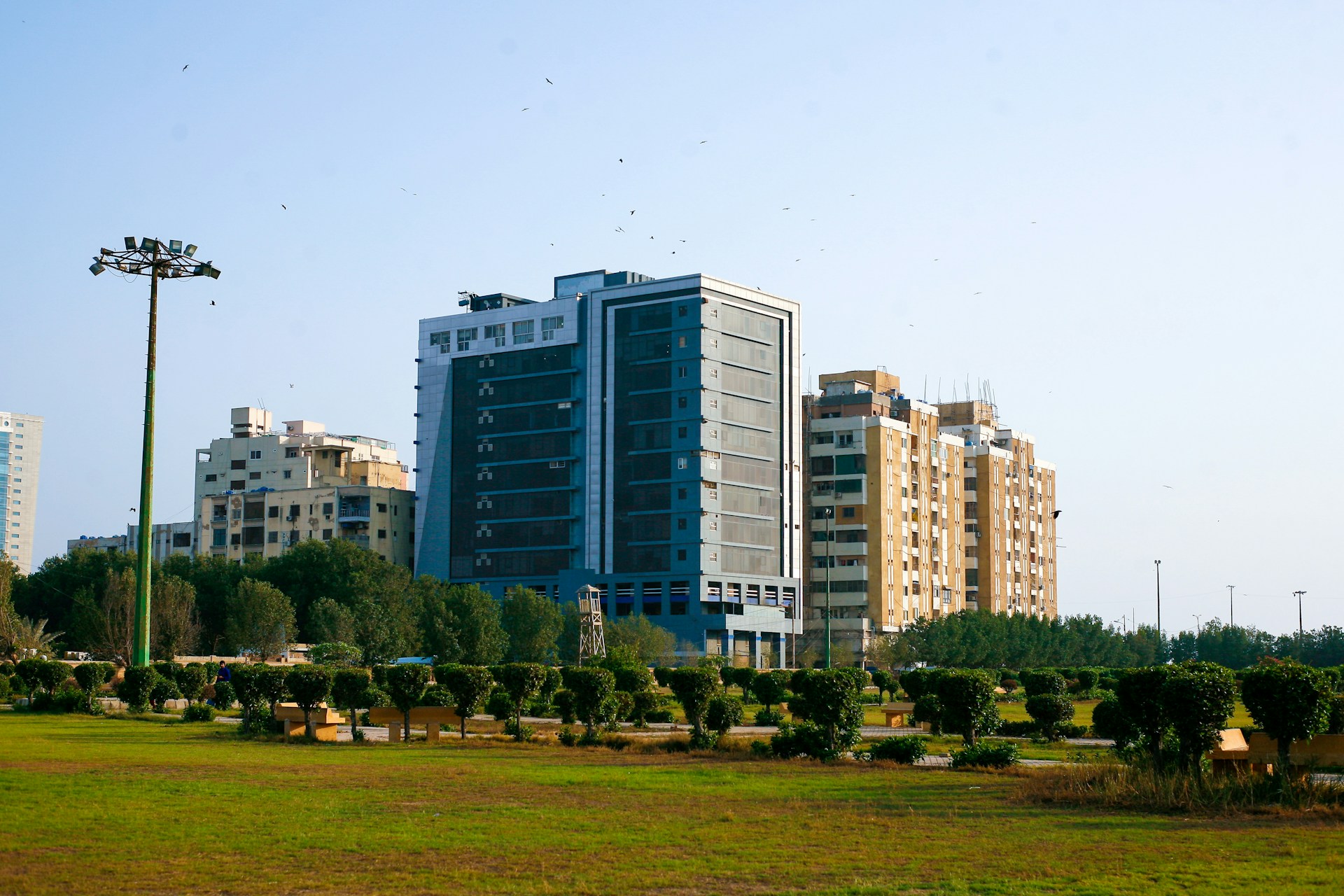Barriers to Affordable Housing in Pakistan and How to Overcome Them
A real estate problem in Pakistan specifically, is the lack of affordable housing which is a compounded issue due to the growing population and migration to urban areas.
Still, millions of people are unable to obtain decent, safe, and affordable shelter owing to the wide range of governmental measures.
The barriers to affordable housing in Pakistan are complex since the challenges are economic, legal and structural.
Solving these problems is imperative to the goal of making more and better quality homes affordable to the population in Pakistan.
In this section, we discuss the main challenges and possible ways to pave the way toward the provision of affordable housing.
1. High Land Costs and Limited Land Availability
A limited amount of land and high prices for real estate are one of the key barriers to affordable housing which cause problems with the construction of affordable housing, especially in the cities of Pakistan.
This situation has been found evident in Karachi, Lahore and Islamabad where land prices have skyrocketed due to high demand and the act of speculations.
Due to this, many low income earners are forced to look for other cheaper areas to buy property and end up settling at unauthorized areas with no structures and insecurity.
Solution:
The government can encourage change by carrying out land reforms and enacting policies that ensure that lands arranged will be used for housing projects that are cheap to the majority of the people.
PPP may be useful to build housing on cheaper territory while upgrading the infrastructure of affordable districts.
Besides, if zoning laws are adopted in order to allow increased density, the availability of affordable homes would also improve.
2. Lack of Financing Options for Low-Income Families
Reduced cost of building is another important factor fundamental to affordable housing and since most low and middle-income earning families in Pakistan do not have access to cheap sources of financing their housing projects the notion of affordable housing becomes a mirage, thus making it one of the core barriers to affordable housing.
This makes conventional mortgages either inaccessible or unaffordable to many since most lending institutions target high-risk-reward borrowers, who normally meet the former criterion than the latter.
This is coupled by high interest rates and more so the loan offering criteria which still bars many people from affording a home.
Solution:
This may be solved by providing low interest loans or making it easier to borrowed money for developing housing finance products for low income earners.
The government and private sector can devise a variety of micro financing options that come with lower interest rates and the relaxed criteria for qualifying.
There is an indication of some recent attempt by Pakistan’s State Bank geared at providing low-cost housing finance schemes but such schemes require scale-up to be sensitive to the needs of vulnerable households.

3. Regulatory Hurdles and Bureaucratic Red Tape
The Pakistani & housing sectors are bedeviled by a myriad of non-housing policies and related barriers to affordable housing, including long approval standards, irregular zoning rules, and convoluted land procurement mechanisms.
These challenges explain why it has been hard for developers to undertake affordable housing projects in a proper and efficient manner.
Also, high taxes and other costs regally contribute to the overall expense of development hence discouraging investors the development of affordable housings.
Solution:
Simplification of procedures might help developers to show more interest in the construction of affordable houses.
Ending zone variances, decreasing approval time and lowering costs of affordable housing development would do so too.
They can establish ‘single-window’ shops to facilitate affordable housing projects and where-in all the needs and permissions required would be available under one roof.
By adopting clear and consistent policies the amount of time and money needed to formulate policies and deal with the implementation of the policies will be brought down, thus encouraging more affordable housing policies.
4. Lack of Infrastructure in Low-Cost Housing Areas
Public or affordable housing strategies are typically centered on the construction of an economy house seated away from city centers due to high land costs.
But these regions often do not have the basic facilities for example roads, transports, water supply, drainage and electricity among others, making non-availability of infrastructure also one of the barriers to affordable housing.
Lack of some of these essentials causes low-cost housing developments to be un-saleable because residents lack easy access to work, schools and other necessities.
Solution:
One gets the impression that to make affordable housing developments realistic, governments have no option than to fund infrastructure projects in the developments.
When the low-cost houses are built, constructing roads, expanding the means of public transport and providing efficient and steady utilities services are the key factors that make those houses habitable.
This means that urban planners should call for inclusion of common utility services and provisions for infrastructure within the housing development projects from the very beginning so that they become appealing and durable.
5. Political and Social Barriers to Policy Implementation
While Pakistan is plagued with other political concerns, the subject of the affordability of houses in this country does not receive much attention.
Some of the policy measures to enhance affordable houses are filed or uneven and therefore; progress is not observed physically, making it one of the biggest barriers to affordable housing.
Furthermore, political opposition, shifting focus to issues other than increasing affordable housing supply, and high rates of leadership change make it difficult for stakeholders to embark on long-term projection and investments in affordable housing.
Solution:
Observing affordable housing solutions demands long-term strategic action by local, regional, state, and national governments and other authorities.
Another way of going about the situation is through establishing the National housing authority solely for the concern of affordable housing since this will guarantee an in-depth developmental focus towards the noble course.
This authority could possibly supervise, inaugurate, and impose housing polities throughout provinces.
Furthermore, the aforementioned participation of local communities in decision making will contribute to enhancing the required political will to see the development of affordable housing as a priority well accomplished.
Conclusion
One of the key requirements for the population of Pakistan is the provision of affordable housing, which, nevertheless, can solve only when overcoming a large number of economic, regulatory, and political factors.
Some of the major barriers to affordable housing include; High land costs, Lack of financing, numerous regulatory constraints, Lack of infrastructure, and Political crises.
Thus, it is possible to state that Pakistan can achieve significant progress towards achieving affordable housing for all using vast-scale strategies, including the following: It is necessary to focus on the reform of land policies and the development of financing and regulatory simplification tools; investing in infrastructure and political stability.
Its development will call for cooperation between the government, private sector players, and local communities to promote the construction of affordable and inclusive human settlements that transform the lives of millions of Pakistanis, and may be some day these barriers to affordable housing will be addressed.
Also read: The Advisory Commission on Regulatory Barriers to Affordable Housing

